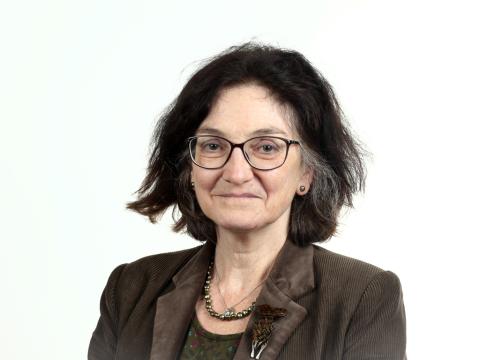Abstract
BMJ Open. 2025 Jun 17;15(6):e090419. doi: 10.1136/bmjopen-2024-090419.
ABSTRACT
OBJECTIVE: To quantify the carbon footprint of a sample of clinical trials for neurological disorders.
DESIGN: Cross-sectional study.
METHOD: Two clinical trial registries were searched on 29 December 2022 for phase 2-4 randomised controlled trials led from and recruiting in the UK, enrolling people with any of the 15 neurological disorders with the highest global burden, that had started recruitment or been registered in the preceding 5 years. Eligible trials were invited to share data to estimate emissions in each of the 10 modules of the Low Carbon Clinical Trials footprinting guidance. The primary outcome measure was kg of carbon dioxide equivalent (CO2e).
RESULTS: 318 randomised controlled trials were found, nine were eligible and six shared data (three completed and three ongoing). The module with the highest estimated CO2e for each trial was the Clinical Trial Unit staff emissions (median 24 126 kg CO2e, IQR 10 395-78,867; range 45-79% of overall emissions of each trial); commuting accounted for >50% of CO2e in this module. The second and third highest modules were trial-specific participant assessments (median 11 497 kg CO2e, IQR 825-15,682) and trial supplies and equipment (median 1161 kg CO2e, IQR 226-6632). The total carbon footprint of these six trials involving 2248 participants at 239 sites was 2 63 215 kg CO2e.
CONCLUSIONS: Emissions by Clinical Trials Unit staff were the top modifiable carbon hotspot in six randomised controlled trials for people with neurological disorders, which had a total carbon footprint equivalent to 1364 passengers' return aeroplane journeys between London and Edinburgh.
PMID:40527573 | DOI:10.1136/bmjopen-2024-090419
UK DRI Authors
